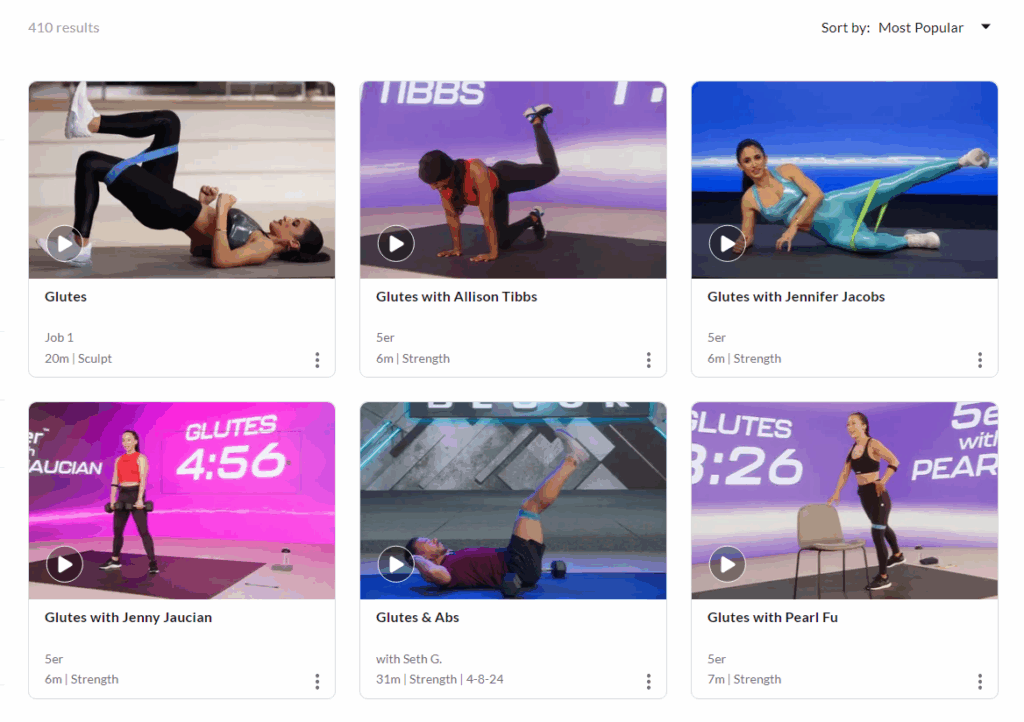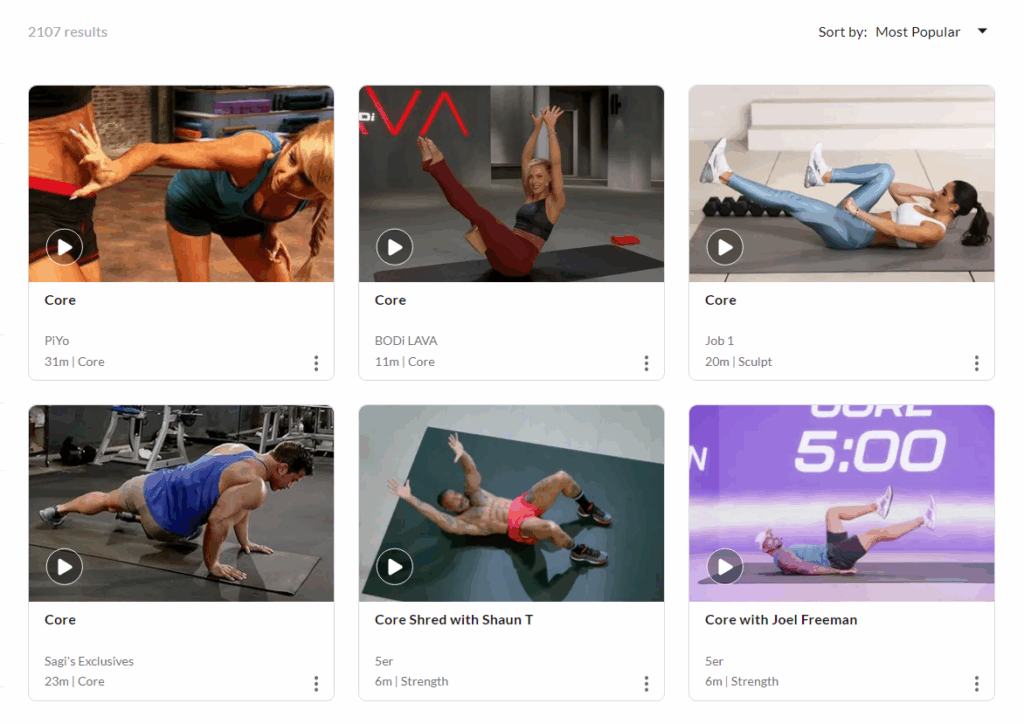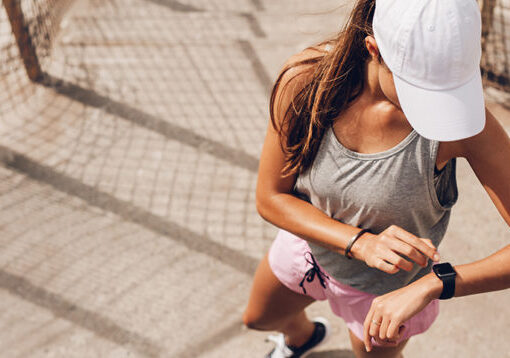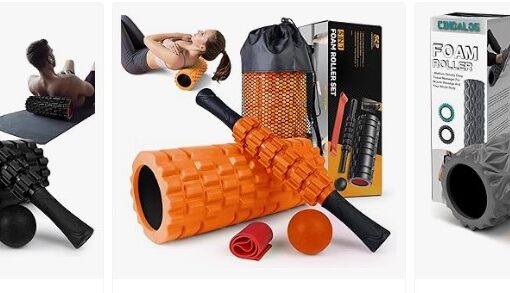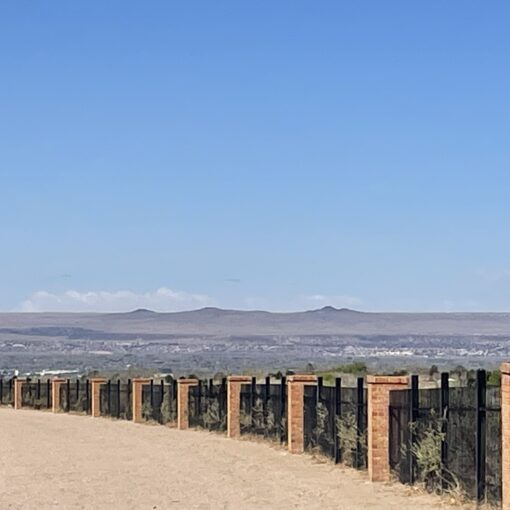Knowing the most important muscles for runners will help you to supplement your training with workouts to target these muscles. At the top of the list when you scroll down to read more, are the glutes and the core, and I am concentrating on each. I searched in Beachbody On Demand and found 410 glute workouts and 2107 core workouts! To get a 30-day free trial of Beachbody on Demand, click here and select the 3-month subscription.
The Most Important Muscles Every Runner Needs to Train
Ask any new runner what muscles they use, and they’ll probably point to their quads and calves. While they’re not wrong, the story of running strength is far more complex and interesting. A powerful, efficient, and injury-free stride comes from a symphony of muscles working in harmony, from your core all the way down to your feet.
Focusing only on the “mover” muscles while neglecting the “stabilizer” muscles is a common mistake that can lead to plateaus and nagging injuries. Ready to unlock your true running potential? Let’s dive into the powerhouse muscles you should be giving some extra attention.
1. The Glutes: Your Engine
Your gluteal muscles (the gluteus maximus, medius, and minimus) are the true engine of your running stride. They are responsible for hip extension, the powerful backward push of your leg that propels you forward.
- Why they’re crucial: Strong glutes provide raw power. But just as importantly, the side glute muscles (the gluteus medius) stabilize your pelvis with every step. A weak gluteus medius can cause your hip to drop, leading to a cascade of issues down the kinetic chain, including IT band syndrome and runner’s knee.
- Simple Strength Exercises:
- Glute Bridges: Lie on your back with your knees bent and feet flat on the floor. Squeeze your glutes to lift your hips toward the ceiling until your body forms a straight line from your shoulders to your knees. Hold for a moment and lower back down.
- Clamshells: Lie on your side with your knees bent at a 45-degree angle and stacked. Keeping your feet together, raise your upper knee as high as you can without rocking your hips back.
2. The Core: Your Foundation
Think of your core—which includes your abs, obliques, and lower back—as the stable chassis of a car. Without a solid chassis, all the power from the engine is wasted.
- Why it’s crucial: A strong core stabilizes your torso, preventing excessive twisting and wasted energy. It helps you maintain an upright posture, even when you get tired, which keeps your lungs open for efficient breathing. Every arm swing and leg drive originates from or is transferred through the core.
- Simple Strength Exercises:
- Plank: Hold a push-up position, keeping your body in a perfectly straight line from your head to your heels. Focus on engaging your abs and glutes.
- Bird-Dog: Start on all fours. Extend your right arm straight forward and your left leg straight back simultaneously, keeping your back flat. Return to the start and switch sides.
3. The Hamstrings: The Brakes and Boosters
Your hamstrings, located on the back of your thigh, work in tandem with your glutes to extend your hip and propel you forward. They also play a critical role in controlling your lower leg.
- Why they’re crucial: The hamstrings act like brakes, controlling the forward swing of your leg to prevent over-striding, a major cause of running injuries. They then contract powerfully to help the glutes pull your leg back and start the next stride.
- Simple Strength Exercises:
- Romanian Deadlifts (RDLs): Standing with a slight bend in your knees, hold a weight (or just use your body weight) and hinge at your hips, keeping your back straight. Lower the weight until you feel a good stretch in your hamstrings, then squeeze your glutes to return to a standing position.
- Hamstring Curls on a Stability Ball: Lie on your back with your heels on a stability ball. Lift your hips into a bridge position, then use your hamstrings to pull the ball in toward you.
4. The Calves: The Final Push
Your calf muscles (the gastrocnemius and soleus) are the last point of contact with the ground and provide the final “pop” in your step.
- Why they’re crucial: Your calves act like springs, absorbing the impact of landing and releasing that energy to push you off the ground. The soleus muscle, in particular, is a workhorse for endurance, while the gastrocnemius provides explosive power for sprints and hills. Strong calves are your first line of defense against Achilles tendinitis and shin splints.
- Simple Strength Exercises:
- Calf Raises: Stand on a step with your heels hanging off the edge. Lower your heels until you feel a stretch, then push up onto your tiptoes. Perform with both straight knees (for the gastrocnemius) and bent knees (for the soleus).
5. The Quadriceps: The Shock Absorbers
Finally, we get to the quads—the large muscles at the front of your thigh. They are essential, but often get overworked if the glutes and hamstrings aren’t doing their job.
- Why they’re crucial: Your quads contract eccentrically (while lengthening) to absorb the massive force of impact every time your foot strikes the ground, especially when running downhill. They then help extend the knee for push-off.
- Simple Strength Exercises:
- Squats & Lunges: These classic exercises are fantastic for developing overall leg strength, including the quads, glutes, and hamstrings. Focus on good form—keeping your chest up and your knees tracking over your toes.
The Takeaway: Build a Balanced Runner’s Body
Running is a full-body activity. A strong, balanced body is an efficient and resilient body. By incorporating simple, targeted strength exercises for these key muscle groups into your routine just 2-3 times a week, you won’t just become a more powerful runner—you’ll build the foundation you need to stay healthy and enjoy the miles for years to come.
